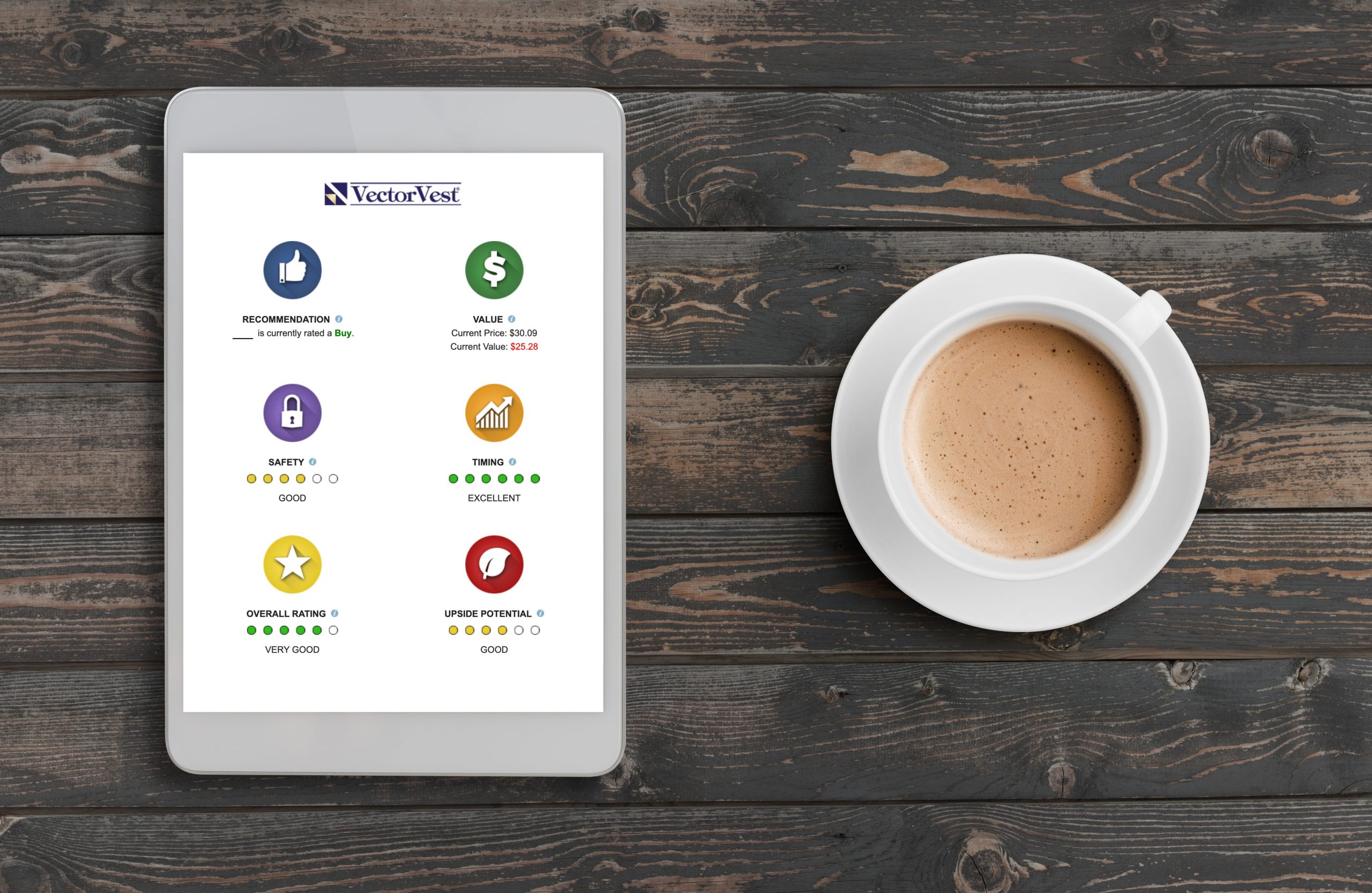U.S. Retail sales figures were released this week and revealed yet another sign that consumer sentiment is cooling. While sales did grow, up 0.1% month-over-month in May 2024, it was still below forecasts of 0.2%. Importantly, the figure also follows April’s figures, which showed a decline in sales. Taken together, this would indicate that Americans are increasingly feeling the impact of higher interest rates, inflation, and the subsequent rise in the cost of living.
The retail sales figures could also suggest further potential ramifications. Retail data has historically been a key indicator of an economy’s overall health. Retail sales only growing 0.1% in May, following a decline in April, goes some way to show that the U.S. economy is not growing as quickly as it has been.
But what does that mean for the stock market? How will it be impacted if the American consumer is not buying as much in stores?
Current Retail Sales Performance
Before delving into what the low growth figures mean for stock market investors, breaking down the numbers into smaller component parts is helpful. Doing so can help strip out any outliers or provide insight into where the slower growth is coming from specifically.
In May’s figures, sales of sporting goods, hobby, musical instrument and books recorded the biggest increase (2.8%), followed by clothing (0.9%), motor vehicle and part dealers (0.8%) and internet retailers (0.8%) – all of which would have boosted the headline retail number. Conversely, gas receipts fell by 2.2%. While in part this is due to lower oil prices (which is good for the consumer), lower receipts still act as a drag on retail sales numbers. Excluding gasoline, sales rose 0.3%.
However, other sectors that saw declining sales were food services & drinking places (-0.4%) and food and beverage stores (-0.2%). Undoubtedly, this must indicate pressure on the average American’s pocket due to rising house prices and high mortgage rates. The restaurant sector specifically has had a hard six months as this was the fourth drop it has experienced in six months.
Overall, then, the figures seem to suggest that while some consumers continue to spend on non-essential items, many are cutting back on essential and high-cost purchases. The reasons behind this could be blamed on the pandemic which saw many consumers manage to increase their savings. Those savings have acted as a buffer to the higher inflationary, high price environment, but now those savings are likely to be dwindling.
Economic Indicators and the Federal Reserve
One of the reasons consumer sales figures are so important is how the Federal Reserve uses them to plan monetary policy. The Fed uses the figures alongside other data to gain a fuller picture of the economy's temperature. It will use other numbers, such as unemployment rates and inflation figures, too. When consumer sales decline, therefore, they will be a key consideration in whether the Fed should initiate looser monetary policy, which will help support the consumer, allowing them to buy more.
All eyes will be on the Fed at their next meeting, as the markets will want more indication of when looser monetary policy will come in. New York Fed President Williams has agreed that while the economy’s positive direction was going in the right direction, he did not specify a timeline for possible rate cuts. Meanwhile, Fed Governor Kugler sees a rate cut coming later this year.
Impact on the Stock Market
The impact of the Fed’s monetary policy decisions on the stock market cannot be underestimated. However, the stock market’s reaction to the retail sales data has so far been relatively muted. In fact, both the Dow Jones and S&P 500 remain little changed in recent trading. Potentially, that’s because the markets had already priced in this information. It’s no secret that consumer sales have been falling or stagnating as the higher interest rates charged by banks on mortgages and loans continue to bite.
But it’s important not to mistake a muted market response with apathy. Quite the opposite. It is likely that, with these figures already priced into stock market valuations, investors are waiting for the Fed to start making cuts to its interest rate to stimulate growth. The Fed will only do that when the retail figures, alongside employment figures and inflation rates (amongst many other indicators), point to a slowing or contracting economy.
It is crucial to monitor these developments as a whole, therefore, and not to take economic data in isolation. Doing so will give a better picture as to the likely direction of the economy so it’s possible to make fully informed investment decisions.
Want These Types of Insights at Your Fingertips so You Can Win More Trades?
Use VectorVest to analyze any stock free. VectorVest is the only stock analysis tool and portfolio management system that analyzes, ranks and graphs over 18,000 stocks each day for value, safety, and timing and gives a clear buy, sell or hold rating on every stock, every day.
Before you invest, check VectorVest! Click here to ANALYZE ANY STOCK FREE and see our system in action!
What you should do next…
- Get our latest blogs delivered right to your inbox, subscribe to our newsletter.
- The market moves fast! Get our most current evaluation of this stock with our FREE stock analysis tool.
- Looking for stock picks? Not sure if now is the right time to buy/sell? For a limited time, enjoy the full benefits of a 30-day subscription to VectorVest for only $0.99 (usually up to $148/month) . Get access to our full list of screeners showcasing our top stock picks that tell you exactly what to buy, when to buy, and when to sell.











Leave A Comment